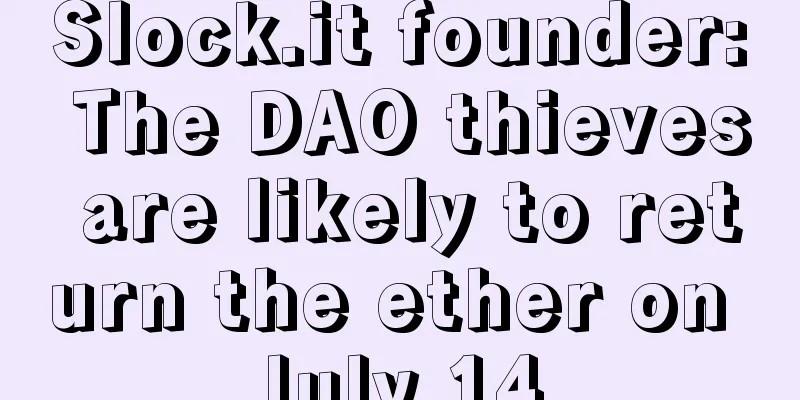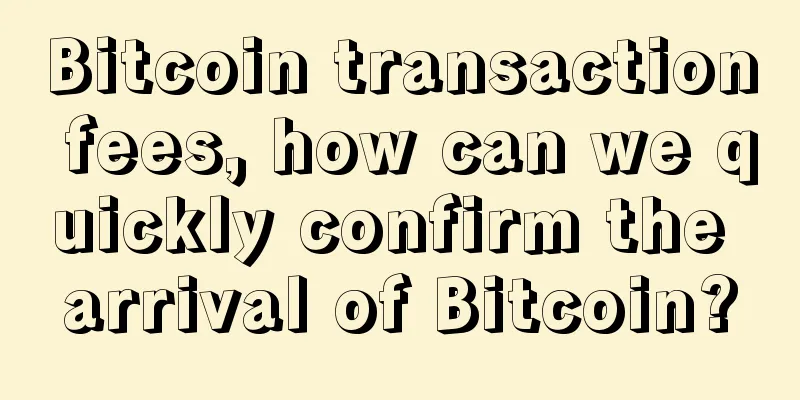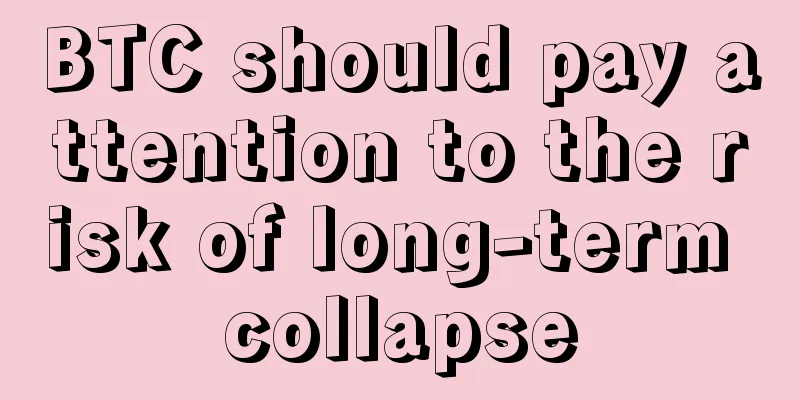Slock.it founder: The DAO thieves are likely to return the ether on July 14

|
There are a lot of terrible falsehoods circulating about recent events. The first is that hackers stole $50 million worth of ether from The DAO and ran away. Another fallacy is that the community must be divided into two camps: the selfish 'pro-fork people' who want to get their ether back via a fork, and the idealists who are against forking. Stephen Tual, founder of Slock.it and former CCO of Ethereum While I’m sure these discordant and contrived arguments make for fantastic headlines, the reality is much more complicated than that. In fact, it would be best if the attacker could return the funds. Mandatory technology is nonsense The attacker had access to a Child DAO that had split off at the time, and whose creation phase ended on July 14. On that date, the attacker would have to split off again, jump into a grandchild DAO, and submit a proposal to have all the ill-gotten ether sent to themselves (a process that would take an additional 14 days). If that’s not complicated enough, there will be a lot of copycat attacks against earlier instantiated splits. Long story short, the final completion date for the hard fork to recover the ether is July 16th. Not all copycat attacks on DAOs are equally powerful, which limits the incentive for developers to perform a hard fork just to get back thousands of ether. If this was just to stop the main attacker, then July 21 would be enough time to complete the hard fork. Why the attacker would be better off returning the ether “Give the ether back! But why would these evil attackers do this?” Well, first of all, if the attackers were motivated by financial gain, the attackers could have made money by short selling ether on exchanges around the world. But returning the ether before the hard fork continued to benefit the attacker financially: when the price plummeted, they were able to buy many DAO tokens at a discount. Returning funds ensures that tokens are returned at a valuation close to 100:1, while a hard fork, on the other hand, does not necessarily guarantee this because it requires complex software development, consensus among developers, and community approval to go into effect. Finally, the attackers may have been expecting to perform a soft fork (remember, the soft fork vulnerability was discovered after the attack), or may not have cared about the ether in their child DAO. This is indicated by the attackers' behavior during the attack, specifically (a) they did not fork off the child DAO to give themselves the earliest possible 'exit' date, and (b) they did not siphon off all of The DAO funds. As far as I can see, holding onto stolen funds was never the real purpose of the attackers. Maybe just a briefly exciting possibility. Bastille Day (July 14, French National Day) The attacker can return the ether, but only on July 14th - not the day before. How? Because the Curator of The DAO that the attacker jumped on is known and cooperative, the ether can be redistributed by whitelisting the refund contract, or simply re-whitelisting the DAO curator multisig. On the one hand, if the attacker returns the ether, this may prevent Ethereum from hard forking. I think even the pro-fork camp will agree that this is a good thing. After all, the reason why 'pro-fork people' prefer to fork is that they believe that only by forking can the mistakes be corrected and the stolen ether be recovered. On the other hand, doing nothing would restore the copycats attack on the DAOs, which would only recover 98% of the ether. in conclusion Nothing is guaranteed. The attacker may be motivated by financial gain, or it may just be an experiment or hype that went too far, but either way it's too late. The attacker may consider returning the funds to relieve pressure from white hat bounty hunters and law enforcement agencies. On the contrary, the attacker may also think that any communication may further expose himself to scrutiny. The attacker may be one person, or several people, each with different goals and values, some driven by profit, some not. Whatever the case, July 14 – Bastille Day – is famous for its fireworks. And this year it certainly doesn’t disappoint. |
Recommend
Antminer Reset (Reset & Factory Restore Method)
There are three ways to reset 1. Reset recovery (...
Health from the belly button
The belly button is commonly known as the navel, ...
What kind of face makes people rich first and poor later
Don't think that temporary glory represents a...
Is it good for women to have eye bags under their eyes? What is the difference between eye bags and eye bags?
We know that drooping eyebrows are a sign of good ...
You’re only seeing the tip of the iceberg when it comes to blockchain
Jonathan Wolinsky is the senior managing director...
Greek businesses face a big dilemma on Bitcoin adoption
The Bitcoin Foundation of Greece faces a big dile...
What does a woman's splayed eyebrows mean?
For some women, which women will have the same go...
What kind of woman has good fortune?
What kind of woman is destined to enjoy wealth an...
The facial features of a man with a strong sense of revenge
When talking about men, most people's first i...
Ethereum network's daily transaction volume is 28% higher than Bitcoin's
According to crypto analytics firm Messari, daily...
The facial features of a woman who has a good fate
Whether a woman has a good fate or not can be see...
What are the characteristics of moles on the right side of a woman's abdomen?
Depending on the characteristics, the impact on e...
Let’s take a look at the female celebrities in the entertainment industry who have dimples.
Beauties with dimples on their faces always give ...
What are the requirements for a woman with a full forehead? What is the fate of a woman with a full forehead?
Our destiny and character both contain innate ele...
What does it mean when a girl has a mole on her left ring finger?
What does it mean when a girl has a mole on her l...









